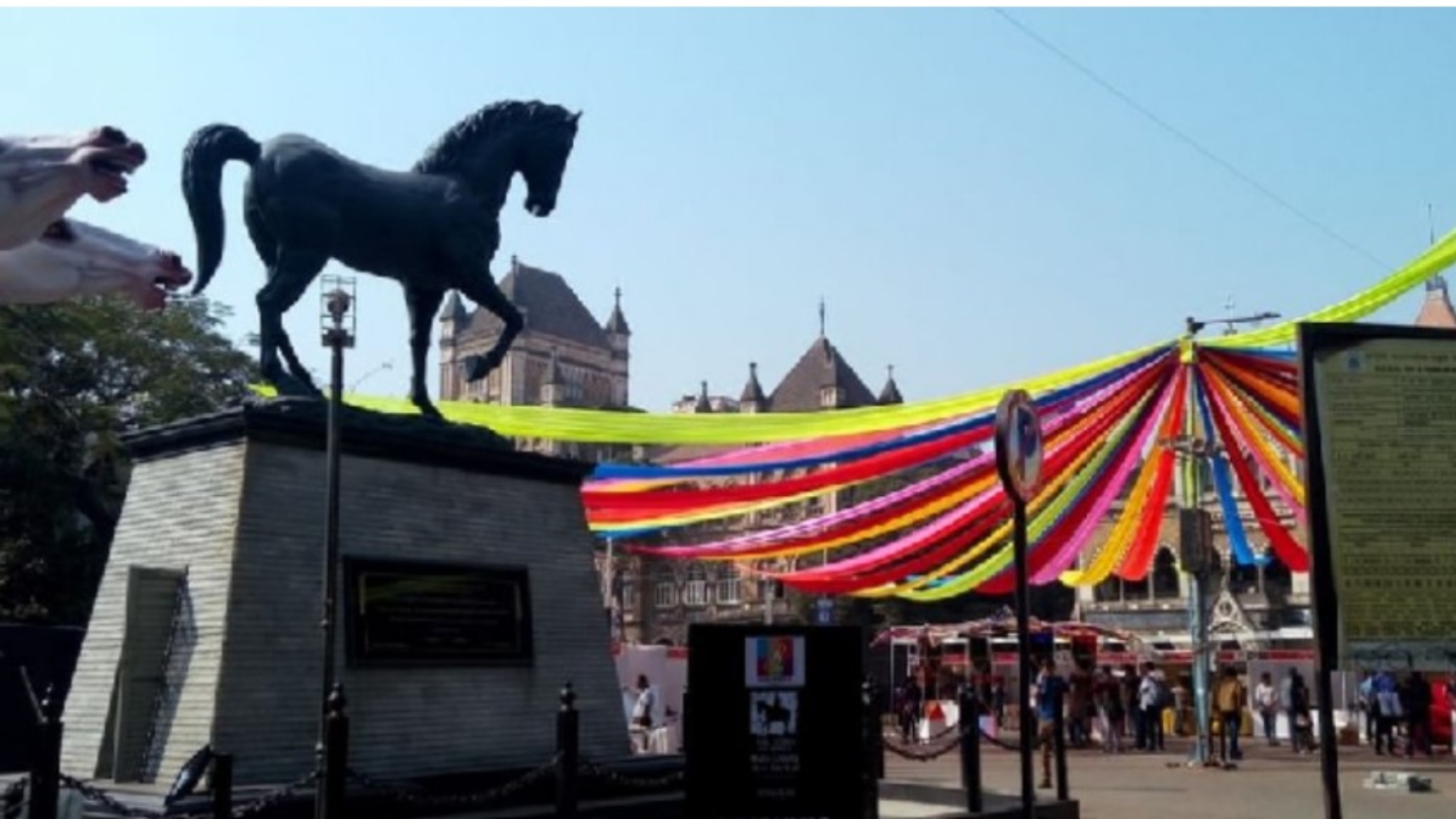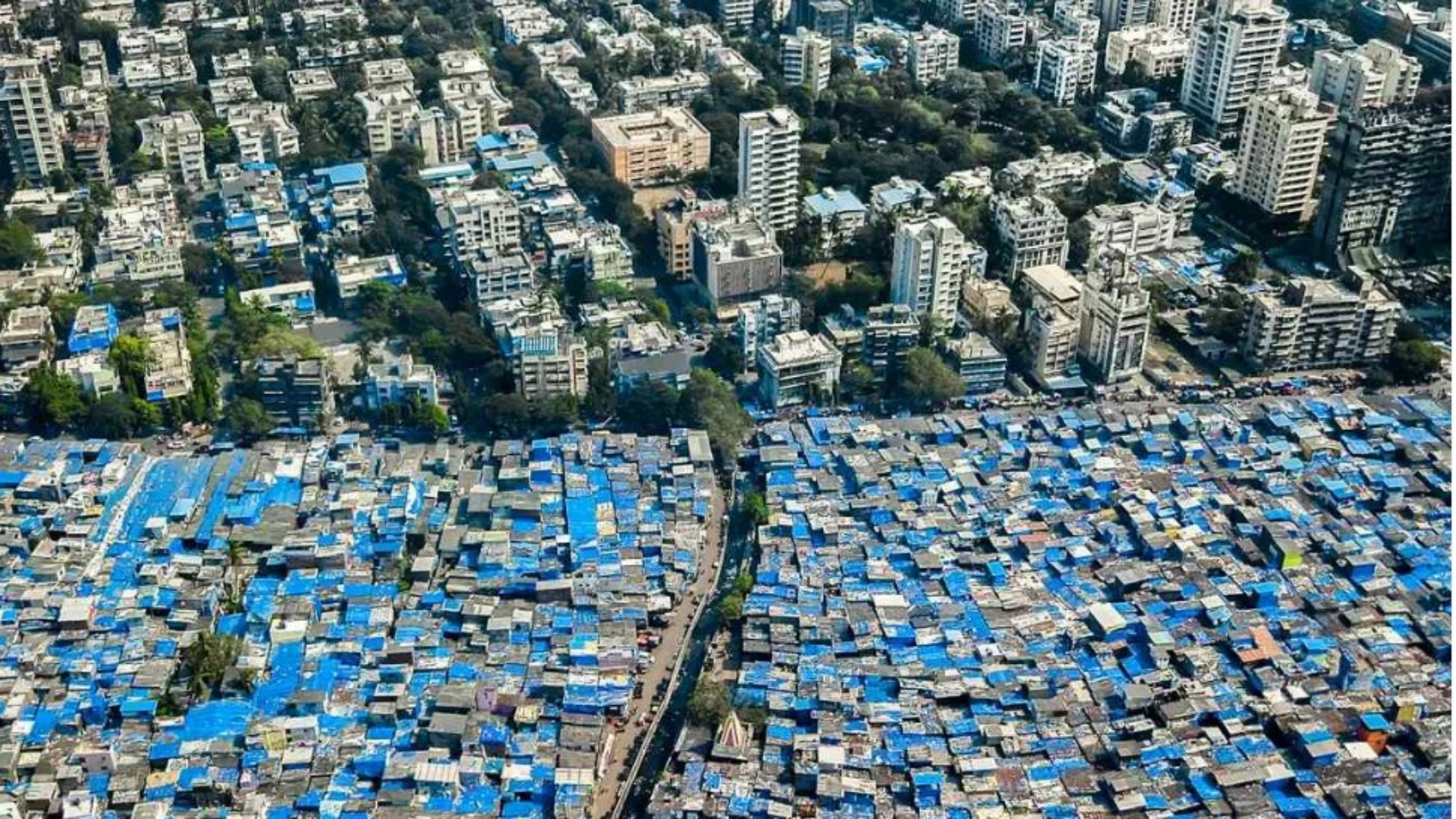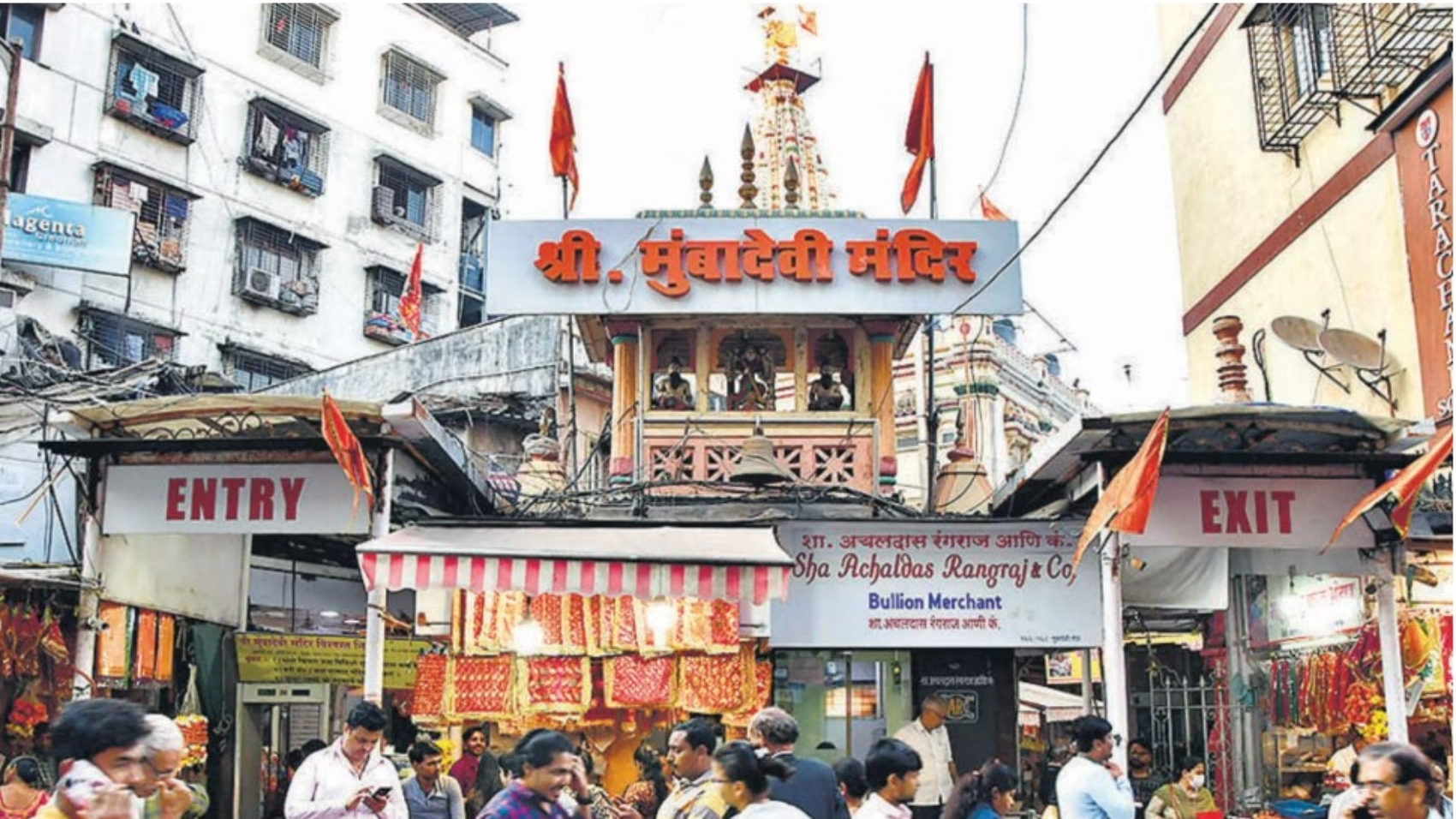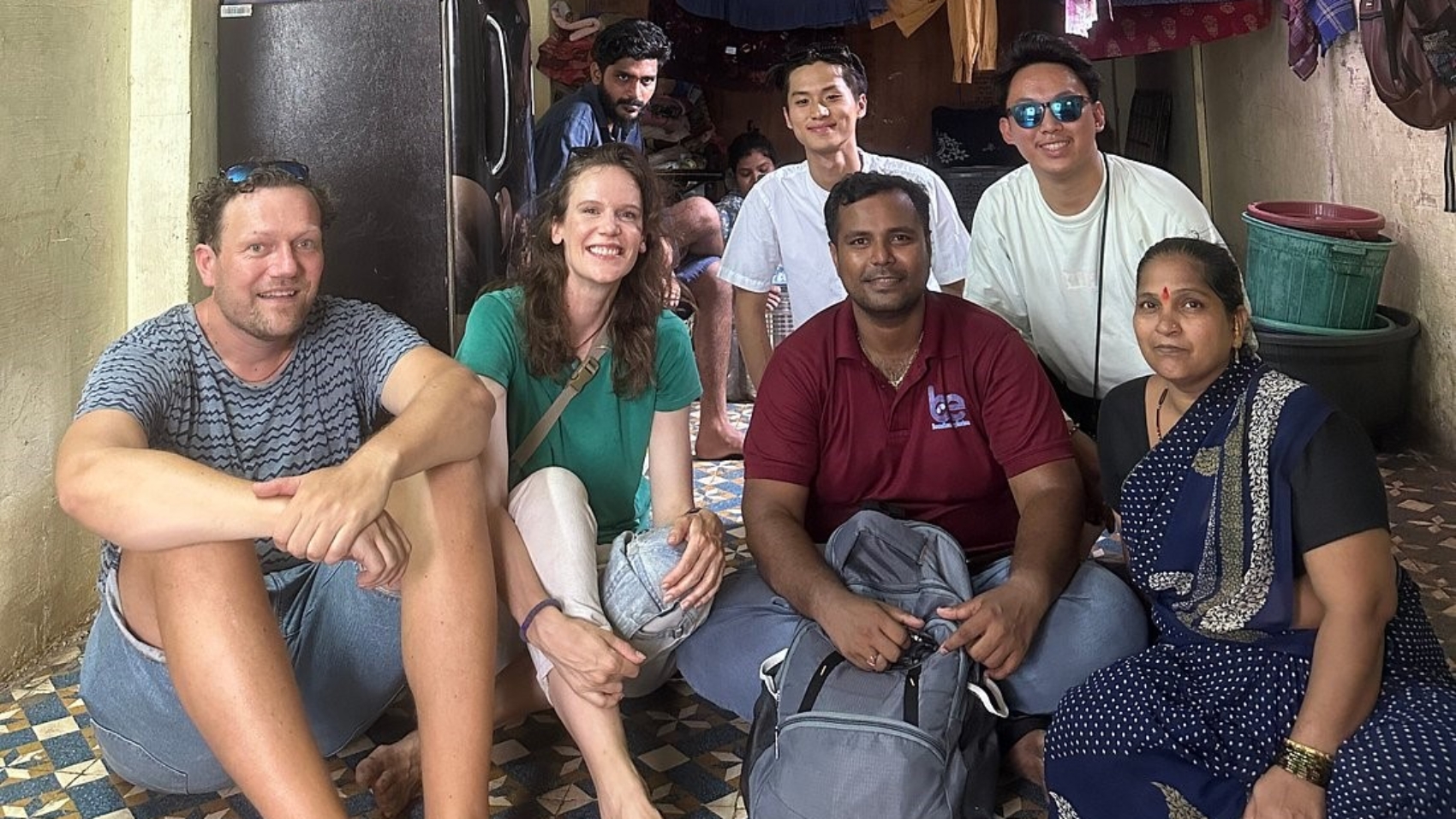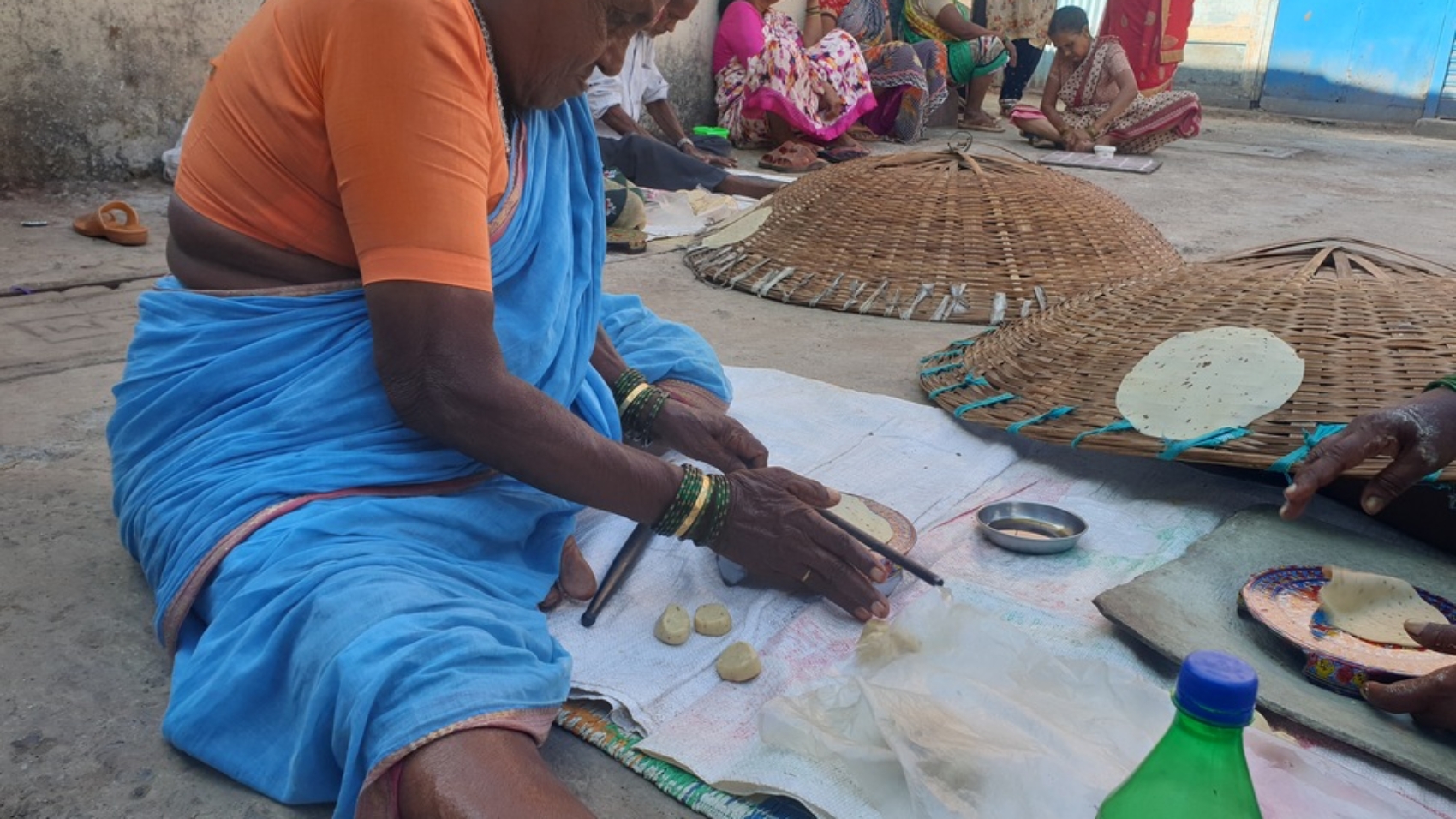When it comes to sightseeing in Mumbai, the Kala Ghoda neighborhood stands out as a prominent hub of art, culture, and creativity. This vibrant area, located in South Mumbai, is a treasure trove of experiences for both locals and tourists. Let’s delve into the top activities and attractions that make Kala Ghoda a must-visit destination on any Mumbai sightseeing tour.
- Explore the Kala Ghoda Art Precinct:
Kala Ghoda is renowned for its thriving art scene, and a visit to the Kala Ghoda Art Precinct is a must. This area hosts an array of galleries, exhibitions, and installations that showcase contemporary and traditional Indian art. From paintings and sculptures to photography and mixed media, you’ll find a rich tapestry of artistic expressions that captivate the senses. - Attend the Kala Ghoda Arts Festival:
If you’re lucky enough to visit Mumbai during February, don’t miss the iconic Kala Ghoda Arts Festival. This annual event transforms the neighborhood into a vibrant celebration of art, music, dance, and theater. It’s a perfect opportunity to immerse yourself in the local culture and witness the creative spirit of Mumbai come alive. - Visit the Jehangir Art Gallery:
Established in 1952, the Jehangir Art Gallery is a historic institution in the Indian art scene. It’s a showcase of both established and emerging artists, with a diverse collection of artworks that reflect the rich cultural heritage of India. Art enthusiasts will find this gallery to be a haven for appreciating and purchasing unique pieces of art. - Discover the David Sassoon Library and Reading Room:
For those with a love for literature and architecture, a visit to the David Sassoon Library and Reading Room is a must. This iconic structure is a blend of Greco-Roman and Venetian architecture, housing an extensive collection of books. It’s an oasis of knowledge and a quiet retreat in the bustling heart of Kala Ghoda. - Enjoy Culinary Delights at Kala Ghoda Cafe:
After a day of art and culture, head to the Kala Ghoda Cafe for a gastronomic treat. This trendy eatery is a hub for foodies, serving up a delectable array of dishes, from fusion cuisine to international flavors. Whether it’s brunch, coffee, or dessert, the Kala Ghoda Cafe is sure to please your taste buds. - Shop at Kala Ghoda’s Boutiques:
Kala Ghoda is dotted with boutique stores offering unique clothing, accessories, and home decor. Take a leisurely stroll through the quaint streets, and you’ll find a treasure trove of handcrafted items, vintage finds, and contemporary designs. It’s a shopping experience that reflects the artistic essence of the neighborhood. - Photography at the Iconic Kala Ghoda Statue:
Don’t forget to capture a memorable photograph with the iconic Kala Ghoda statue that stands in the heart of the area. This black stone statue of a horse, depicting art and culture, is a symbol of the neighborhood and a perfect backdrop for your Mumbai tour memories.
In conclusion, a visit to Kala Ghoda in Mumbai is a rewarding experience for art lovers, history buffs, and anyone seeking a taste of Mumbai’s vibrant culture. From art galleries to culinary delights and iconic landmarks, this neighborhood offers a rich tapestry of experiences that will leave you captivated and inspired. Make sure to include Kala Ghoda in your Mumbai sightseeing tour for a truly immersive cultural journey.
